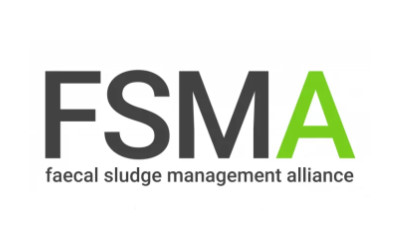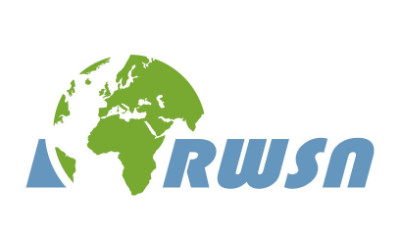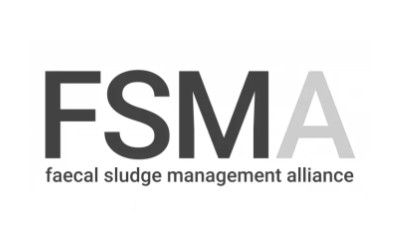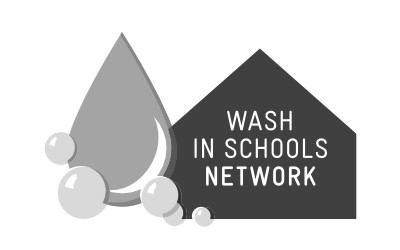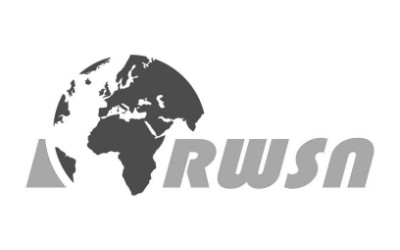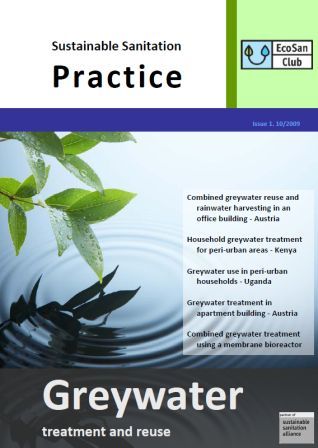
Published in: 2009
Publisher:
Sustainable Sanitation Practice (SSP), Issue 1. EcoSan Club, Austria
Author:
Ecosan Club (ed.)
Uploaded by:
SuSanA secretariat
Partner profile:
common upload
5743 Views
131 Downloads
Location of library entry
Content - Summary
Issue 1 is dedicated to "Greywater". Five contributions showing results from projects, in which members of the EcoSan Club Austria have been involved. The papers highlight experiences from East Africa, the Middle East and Europe. Each manuscript has been reviewed by two reviewers.
Issue 1 contains the following articles:
Combined greywater reuse and rainwater harvesting in an office building in Austria: analyses of practical operation
Weissenbacher, N., Müllegger, E.
The combined system of greywater treatment and reuse in a multi storey office building has been investigated over one year of operation. The system consists of an indoor constructed wetland, rainwater harvesting and water saving measures. The analyses covered quantitative and qualitative aspects like the water saving potential and physico-chemical and microbiological parameters. The existing system has been compared to three other water use scenarios by the calculation of capital cost (investments, re-investments) and operating costs (materials, labour and energy). The results showed that the system was capable to fulfil the physico-chemical requirements suggest by different guidelines but could not ensure the hygienic quality for all operating conditions. In comparison to a conventional system the combined system was capable to reduce the fresh water demand by more than 60%. The economic comparison revealed that the installed system is more expensive than rainwater harvesting only but cheaper than greywater treatment only. The difference to the conventional system was mainly due to the additional labour costs for maintenance and operation. Non-monetary benefits like the positive effect of indoor water treatment on the climate of the building have to be considered within the overall evaluation of such systems.
++++++++
Household greywater treatment for peri-urban areas of Nakuru Municipality, Kenya
Raude, J., Mutua, B., Chemelil, M., Kraft, L., Sleytr, K.
Within the EU funded project ROSA (Resource oriented Sanitation concepts in peri-urban areas in Africa) a baseline survey was carried out to asses the current greywater disposal situation, the quantity and quality of greywater in the peri urban areas of Nakuru, Kenya. It was found out that most of the produced greywater is not used, not reused and not treated although contaminated with nutrients and bacteria. Therefore there is a big demand for adequate treatment systems which are implemented within the ROSA project and presented in this article.
++++++++
Greywater use in peri-urban households in Kitgum, Uganda
Kulabako, R., Kinobe, J., Mufunga, J., Olwenyi, S., Sleytr, K.
In this study, undertaken within the ROSA project (Resource oriented Sanitation concepts in peri-urban areas in Africa), an understanding of greywater characteristics is created to demonstrate a low cost reuse option involving direct application of untreated greywater to small so called “greywater towers” at household level in peri-urban settlements in Kitgum Town Council. It can be concluded that greywater towers provide a simple method to treat and use greywater for gardening.
++++++++
Greywater treatment in apartment building in Austria
Regelsberger, M., Regelsberger, B., Platzer, C.
In an apartment house with 9 apartments and a total of 14 inhabitants a separate greywater collection system, treatment and distribution plumbing was implemented as part of a comprehensive water scheme also comprising water saving, rainwater harvesting, on-site treatment of water and reuse for toilet flushing, landscape irrigation and groundwater recharge. The greywater is treated in a Pontos SBR, which includes UV disinfection and a storage tank. The treated water has a good quality for its intended purpose of toilet flushing. Compared with nationwide average supply and treatment volumes per day the scheme allows to save approximately 65 litres of potable water and around 40 litres of wastewater per capita and day.
++++++++
Combined greywater treatment using a membrane bioreactor
Sellner, M.
The daily fresh water consumption can easily be reduced by using greywater from showers, bath tubes and wash basins, when substituting drinking water e.g. for toilet flushing, garden irrigation, cleaning purposes or industrial cooling- processes. The ecological and economic advantages of the GEP- Watermanager open up new possibilities of an intelligent water management. It combines a greywater- recycling- plant with rainwater management, drinking water management, a booster station and a remote control module. Based on a modular construction concept the GEP- Watermanager is operated as a membrane bioreactor with submerged ultra filtration membranes for precious process water. The attained output values after the recycling process are substantially below the strict limits set by the EU bathing water regulation. The little footprint and optimised energy consumption of the GEP- Watermanager accompanied by high filtration performance offers new interesting alternatives for in- building solutions for a decentralized water management.
Bibliographic information
Ecosan Club (ed.) (2009). Greywater - treatment and reuse. Sustainable Sanitation Practice (SSP), Issue 1. EcoSan Club, Austria
Filter tags
English Greywater or wastewater Practitioners Sub-Saharan Africa







